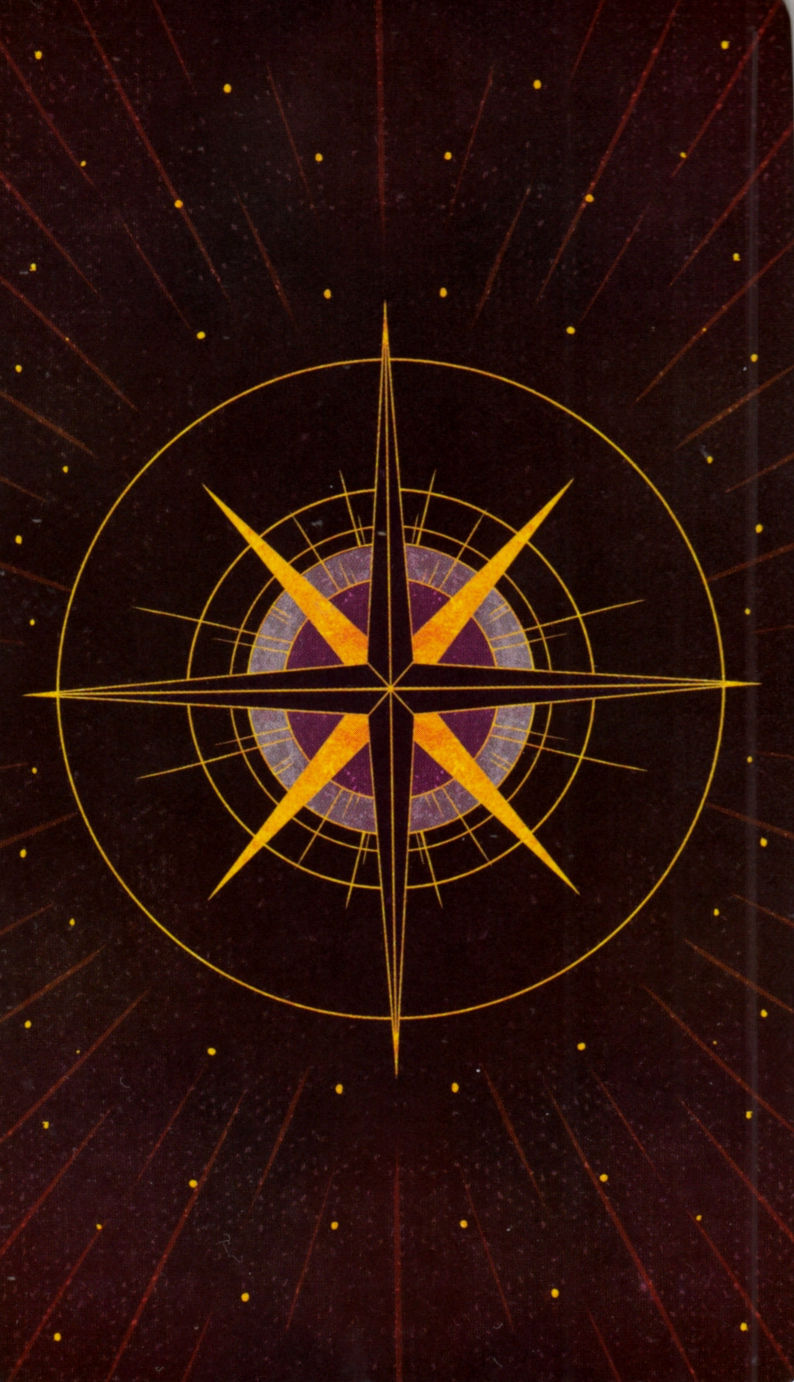Yes-ish. Unlisted elements “exist” in a theoretical sense: The higher the atomic number, the more unstable they are, so you won’t find them in nature.
However, they can be created temporarily in labs, and they exist a short amount of time before they decay into more stable particles. When a previously unobserved element is created, it gets added to the table.
What makes an element stable or unstable is beyond the scope of this question, but in general, the heavier an element is, the more unstable it is, and we’ve already discovered the lightweight ones.
The Island of Stability has been theorized, so once we reach the tech necessary to create elements from there, we might see a large amount of new elements added.
Periodically, yes.
…I’ll show myself out.
The elements at the very end of the periodic table are somewhat tenuous as we know “elements” to be, as there has only ever been very VERY small amounts of this material produced, and the isotopes of those materials that ARE produced split apart almost immediately with insanely small half-lives, so it’s not like there’s any amount of it just kicking around in a jar somewhere in some lab.
There’s a ton of interesting reading on the theoretical island of stability in superheavy elements, where a special number of neutrons added to the isotope can possibly make these superheavy elements stable for a macroscopic amount of time so they could actually be studied and handled instead of instantly exploding apart and only being detected through their decay products.
https://en.wikipedia.org/wiki/Island_of_stabilityI think there are elements with experiments designed to produce them up to around atomic number 125 or 127. Currently the highest confirmed, named, and somewhat categorized is 118. There’s info out there about the theoretical elements. Here’s the page for element 119. https://en.wikipedia.org/wiki/Ununennium. Purely theoretically, you could just keep adding rows to the periodic table, and it will keep going, but most of those materials will never actually exist or never could exist. It’s kind of like theoretical vs applied math.
My ELI5 answer: The periodic table is basically “finished”, there are no new additions. Meaning, the structure is is set and almost all elments found, including some (theoretical) higher-number elements that still have to be securely “discovered”. This final discovery nowadays happens only in specialised labs from time to time, because the higher-number elements are extremly unstable, only created artifically and existing for a few nanoseconds or femtoseconds. Some more details you can find on Wikipedia here: https://en.wikipedia.org/wiki/Actinide
Additionally, some people discuss different models/structures for organising the elements in general. But that is a different topic.




